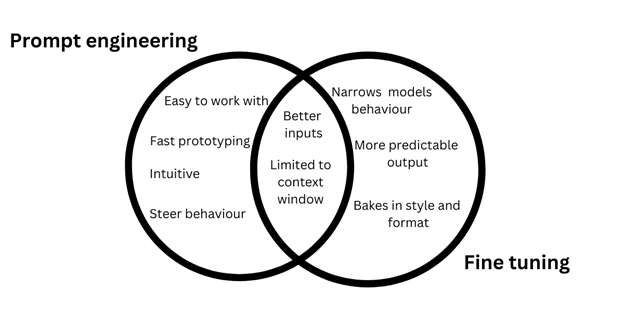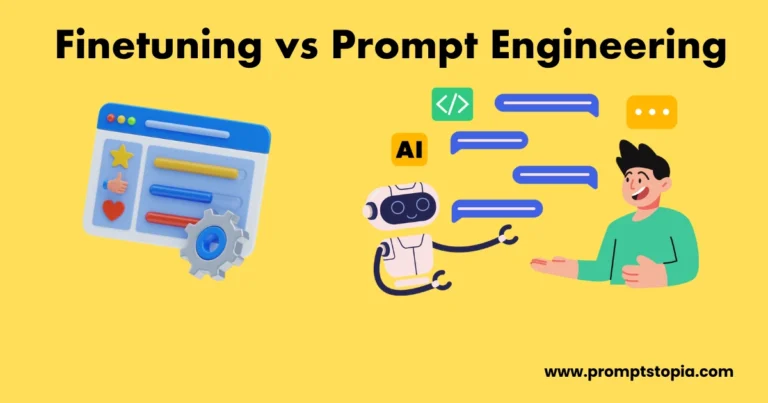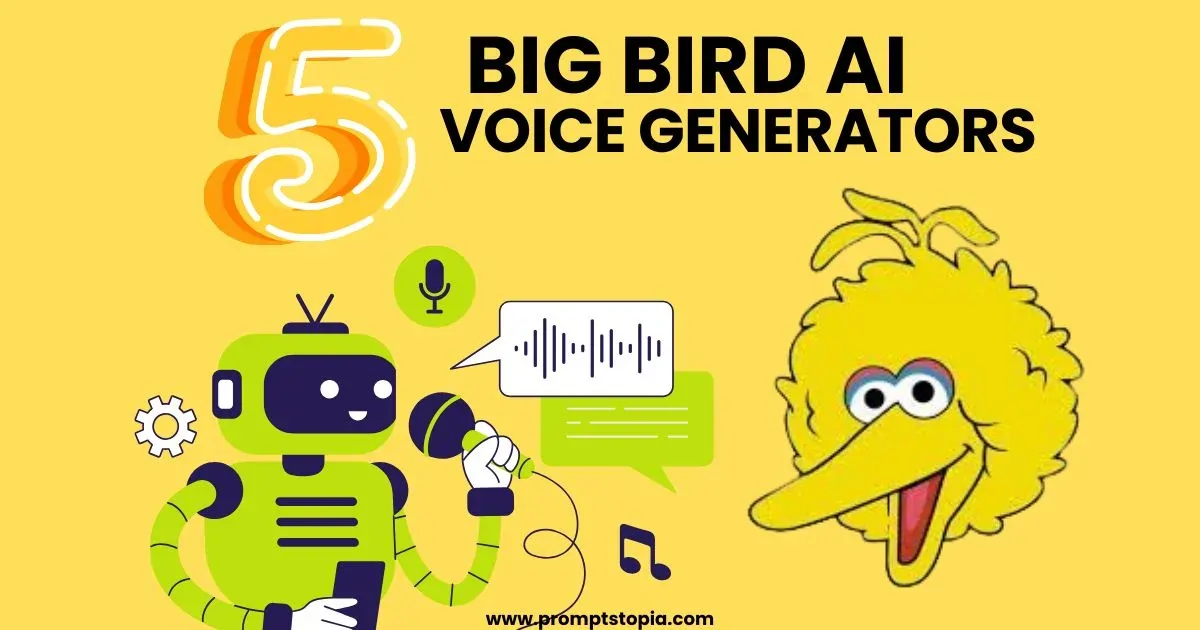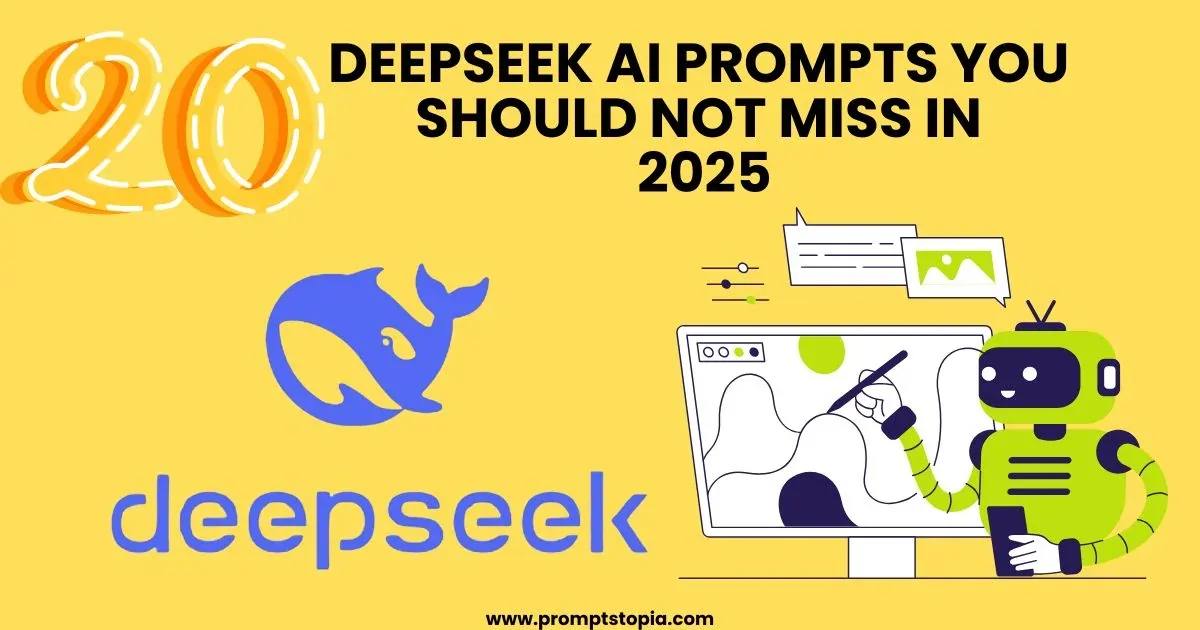Fine-tuning involves maintaining the model on a specific data set to remodel to a particular context. At the same time, prompt engineering modifies the given command to give a result without retraining for data. It requires fewer resources for customization. Fine-tuning is rather different than prompt engineering. Prompt engineering provides data based on the user’s input as compared to fine-tuning, where it is more focused on training a model. The user has to give more details to achieve better results in prompt engineering. Fine tuning vs. prompt engineering is the same side of 2 coins. You can use basic prompt engineering questions to gain clarity and to enhance your understanding.
What is fine-tuning?
Fine-tuning is a process that is used for a machine to learn how to respond to a given input. This process involves taking a pre-trained model and then making minor adjustments to increase its performance for specific tasks. It involves some basic steps, which are as follows:
- By taking a pre-owned model:
We take a model that already has a set of basic information learned or programmed in it rather than building our model from the base. - Calibrating for task a specific:
Here we focus on minor tasks. Like training a model for medical purposes, we provide the model with details of medical records, patient records, and some research papers. - Programming new data:
During this process, we will continue training the model with a new dataset. This helps the model better understand and respond better to the new information. - Updating the loads and obstacles:
This step involves tweaking minor details in the machine for it to perform better.
Example for fine-tuning
Consider an example of a model that is good at general conversation, and we want it to be more efficient in legal discussions. So here is how fine-tuning works, we take a model that is pre-trained, we modify its dataset, we train it further so it’s working capabilities are enhanced, and we seek more amount of specific work as required by our standard.
Essential Obligations
Fine-tuning is crucial because it allows models that have been created by AI to become masters in targeted topics without requiring an excess amount of data and resources. It is a time-saving and effective technique to use current models while improving performance for specialized jobs.
Understanding fine-tuning allows engineers to design superior apps for many businesses, making it an important ability in this field.
What is Prompt Engineering?
Prompt engineering is an important aspect of AI development. It includes giving commands and inputs in a precise manner to guide the AI system to output a specific response. Consider you search a question from a search engine and demand the best answer, the way you ask a question means a lot. This is what prompt engineers do but in a more complicated manner.
Prompt engineering is redefining how a particular question or input is to be given to a search engine for it to give a more accurate and precise answer to the given command. Prompt engineers play an important role in programming these inputs to the search engine. A question arises how to become a prompt engineer one must be skilled in a number of programming languages.
Key Differences
Process: Fine-tuning is complex in that it necessitates preparation of data and adjustments to the model. It refers to retraining an already existing AI model on particular datasets, which can be complicated and take a lot of time. In contrast, prompt engineering is much simpler; it involves developing and fine-tuning input prompts to control the responses of the AI without making any change to the model itself.
Time and Resources: Fine-tuning requires much time and computational resources. It usually requires large amounts of data and powerful hardware to train the model. This can be a significant barrier for many users. In contrast, prompt engineering can be done quickly. It usually requires only a computer with access to an AI model. This makes it a more accessible option for individuals or teams with limited resources.
Resulting Outcome: The outcome is more fine-tuned or specialized, which can work well for high accuracy specific tasks. This is the most useful in industries requiring special needs. In prompt engineering, the outputs will be versatile and adjusted with rapid frameworks for various applications. The difference between prompting vs fine-tuning determines which approach is suitable for your project needs.
Example of prompt engineering
Consider an example of a chatbot that you interact with on a customer service website. The way you give a command ask a question or provide an issue that you are facing, the chatbot completely depends on the commands with which it was trained. If the commands are well designed the chatbot can easily understand the command and give a helpful answer. The best practices of Chat GPT are:
The Key Role of a Prompt Engineer
A prompt engineer designs these commands to enhance the performance capabilities of an AI system. It requires a thorough understanding of how an AI system works and how the commands are to be given to the system. There are many practices that help us in using ChatGPT but there are also some of the best ChatGPT practices.
Key Differences: Fine-Tuning vs. Prompt Engineering

Process Complexity:
Fine-tuning is a multi-step process requiring not only choosing the appropriate pre-trained model but also preparing and feeding it with specific datasets. Complexity here often includes adjusting the parameters of the model, checking performance, and iteratively improving until the right level of accuracy is attained. Prompt engineering, on the other hand, is relatively simple; it involves simply crafting effective input prompts that guide the model to output the right things. This allows users to test and modify their prompts quickly, without needing to know anything about machine learning.
Time and Resource Requirements:
This operation consumes much time and lots of resources. Fine-tuning is computationally costly: it requires much processing, special hardware, and large amounts of time, particularly to train the model using specially designed datasets. Depending on the model or dataset size, this operation could take hours or days to complete. On the other hand, prompt engineering is less demanding; in most cases it can be done in real time with a normal computer. That makes prompt engineering usable even for people who are not supported by a high-level computing capacity.
Outcome Variability:
Fine-tuned outcomes are highly specialized toward and optimized in specific activities. They are thus also much more accurate in any given specific area. This makes prompt engineering suitable for applications such as medical diagnosis or fraud detection, where precision is a matter. On the other hand, prompt engineering gives rise to multifaceted outputs that may be adapted quickly for applications; therefore, rapid experimentation and creativity can be achieved by users. Users can further use the prompt engineering frameworks to generate diverse responses, which makes it useful for content creation and brainstorming tasks. Understanding when to apply fine-tuning versus prompt engineering is necessary for maximizing the effectiveness of AI solutions.
Use Cases for Fine-Tuning and Prompt Engineering
When to Choose Fine-Tuning:
Fine-tuning is the most appropriate in niche applications where a high degree of accuracy and specialized knowledge is required. For example, in healthcare, fine-tuning AI models can significantly enhance the diagnostic tasks related to finding rare diseases through medical images. Similarly, in finance, fine-tuning fraud detection algorithms could be incredibly effective in the performance since models can learn specific patterns in transaction data. These scenarios benefit from the fine-tuning that provides tailored adjustments so the model performs optimally in critical applications.
Which Situations Call for Prompt Engineering:
When Used Situations that call for flexibility and quick adjustment shine bright with prompt engineering. For example, customer service bots benefit from prompt engineering as it allows teams to quickly modify prompts based on user feedback or changing inquiries. This adaptability also helps in creative activities such as producing marketing copy or brainstorming ideas; a quick exploration of multiple perspectives leads to creative answers. In prompt engineering, the user can test and iterate without time and resource commitments of fine-tuning.
Fine-Tuning vs. Prompt Engineering best practices:
Both practices reflect the efficiency of various industries. For instance, while automotive companies rely more on fine-tuning in developing an advanced driver-assistance system that involves precise calibration for safety reasons, prompt engineering allows a marketer to generate different ideas for campaigns or social media posts within minutes in the content creation platform. Thus, it is well understood that a business might need to decide between choosing the right method for any specific requirement by understanding these differences.
Example of Roles in Prompt Engineering
Perhaps roles can be applied in prompt engineering by coming up with prompts that guide the AI to consider a particular position, such as “Write a letter from the lost pet’s point of view.” This may lead to some creative stories and spark creativity.
Prompt Engineering Roadmap
For those interested in dabbling into prompt engineering. it will have a roadmap into ChatGPT best practices and techniques that could facilitate the creation of great prompts by the user. Thereby maximizing the utilization of AI tools with minimal amount of trial and error required as users learn.
Using fine-tuning versus prompt engineering effectively can allow the best of each system to produce optimum results in a project.
Conclusion
To fully harness the strengths of AI, one should be familiar with both fine-tuning and prompt engineering. Fine-tuning can be very strong in generating highly specialized and precise models, while prompt engineering is quick, flexible, and easy to apply for numerous tasks. Whether the work is on niche applications where accuracy is a prime necessity or creative projects requiring quick experimentation. Knowing the time to use fine-tuning vs. prompt engineering will make all the difference in the outcome.
I would encourage readers to try out both methods in their projects and see which one is more effective for their particular goals. Prompting vs. fine-tuning isn’t a choice between one or the other; it’s finding the right balance for your needs. Please feel free to share your experiences or questions about fine-tuning and prompt engineering in the comments. Your insights may help others learn and apply these techniques better.
FAQs
It makes the fine-tuned models less vulnerable to quick changes for intense tasks. In comparison prompt engineering offers great vulnerability.
It is more efficient than fine-tuning. By changing a few commands it adapts faster to new tasks.
The period of fine-tuning depends on factors like the size of the dataset, the intensity of the task, and the computer resources available. It can vary from a few hours to several days.
They can improve performance by making the input clear and more specific. Which ultimately helps the model understand the context better and provide a more accurate response.







